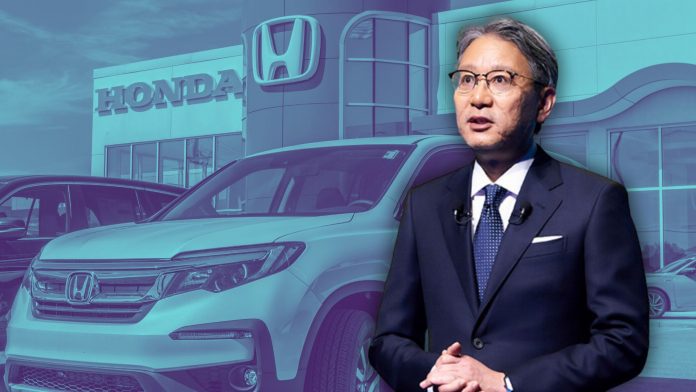Despite the setback, Honda Motors has shown resilience by adjusting its annual forecasts after its first-half earnings dropped, primarily due to weak performance in China.
Overall, the automaker’s net profit declined by 20% from a year earlier to ¥494.68 billion, equivalent to $3.26 billion, which missed the expectation of ¥690.93 billion.
Now, Honda is bracing for a substantial 14% decline in net profit to ¥950 billion, a significant shift from their previous forecast of a 9.7% drop.
In addition, the automaker has lowered its annual car sales forecast by 2.56 % from 3.9 million to 3.8 million. First-half car sales declined 8% to 1.78 million units, primarily due to weak sales in China.
However, despite the profit decline, Honda’s revenue for the first half increased 12% year over year to ¥10.798 trillion. The automaker is seeing some significant sales in its operating profit for the motorcycle business, with sales rising by 29% to ¥325.85 billion, which was driven by solid sales results in both India and Vietnam.
The hurdles in China are rooted in intense price competition and a shift in consumer preference towards battery-electric vehicles (BEVs). Despite Honda’s 25 years of experience in hybrid car production, the company is grappling with the task of catching up to industry leaders like Tesla and BYD, who are currently dominating the EV market.
Honda is set to invest a substantial $65 billion in electrification by 2030, a move aimed at narrowing the gap with its rivals. Following last year’s halt of its $5 billion partnership with General Motors for EV development, Honda is now exploring a potential collaboration with Nissan in the same field.




